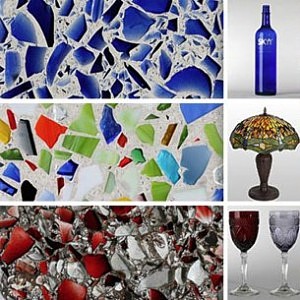Lead Poisoning Prevention Coalition Getting More U.S. Federal Funds For Healthy Homes Initiative
 November 16, 2011
November 16, 2011  Kyriaki (Sandy) Venetis
Kyriaki (Sandy) Venetis Lead poisoning from home exposure is growing into an increasingly rampant problem across the nation.

Nearly a quarter of a million children living in the United States have blood lead levels high enough to cause significant damage to their health, estimates the U.S. Centers for Disease Control and Prevention, based on data from a 2003–2004 national survey.
Major sources of lead exposure among U.S. children are lead-based paint and lead-contaminated dust found in deteriorating buildings, says the CDC.
Across the U.S., lead-based paint was used throughout the 1900s, until it was banned from residential use in 1978.
Now, “every year, unhealthy housing is the source of an estimated 250,000 new cases of childhood lead poisoning,” adds the Coalition to End Childhood Lead Poisoning, which just received a $930,000 federal grant from the Healthy Homes Production Program.
The national non-profit implements and promotes programs and policies designed to reduce lead exposure to children by creating green, healthy homes.
The funds will support the continuation of the Green & Healthy Homes Initiative (GHHI) in Baltimore, where the non-profit is based. The initiative is a collaboration between the Coalition, local and federal government agencies, and other philanthropic partners.
The funds will be used to provide services for 200 homes to create healthy, sustainable, and energy efficient environments for families. The Baltimore initiative is one of 17 GHHI programs nationwide.
Last month, during National Lead Poisoning Prevention Week, Ruth Ann Norton, executive director of the Coalition, said, “While we have made significant progress toward our goal of eradicating childhood lead poisoning, the job is far from over.
“There are still more than one million children in the U.S. with elevated blood lead levels, causing irreparable harm to their physical and mental health and robbing them of opportunities to learn, grow, and reach their full potential.”
“Lead is a known neurotoxin and carcinogen capable to harming all of the body’s major systems and is particularly devastating to proper development in children under six years of age,” said the Coalition.






